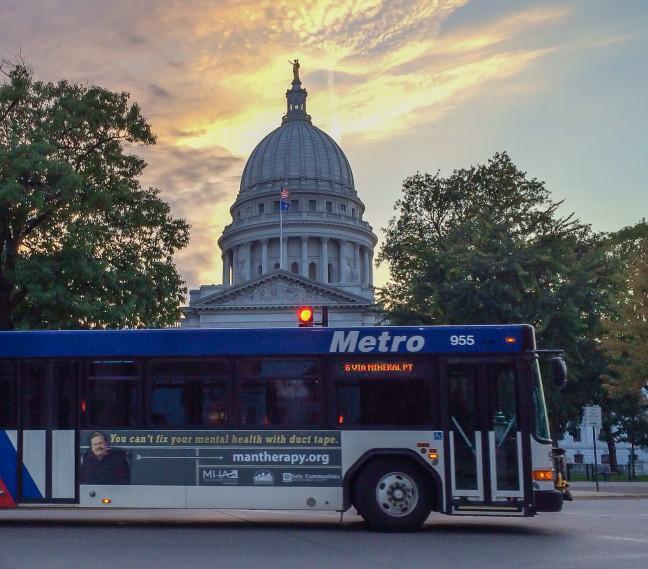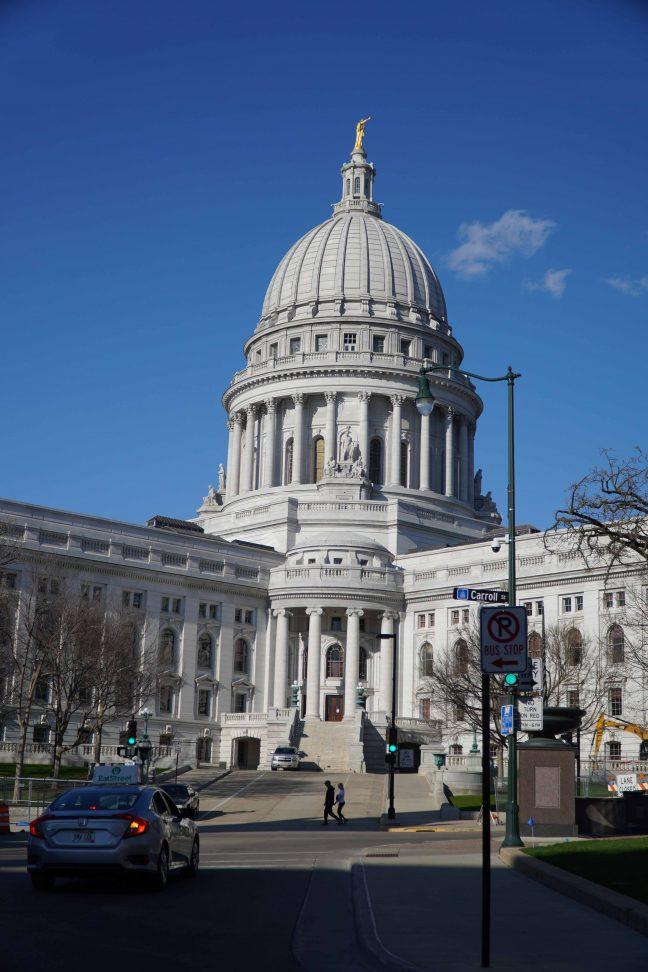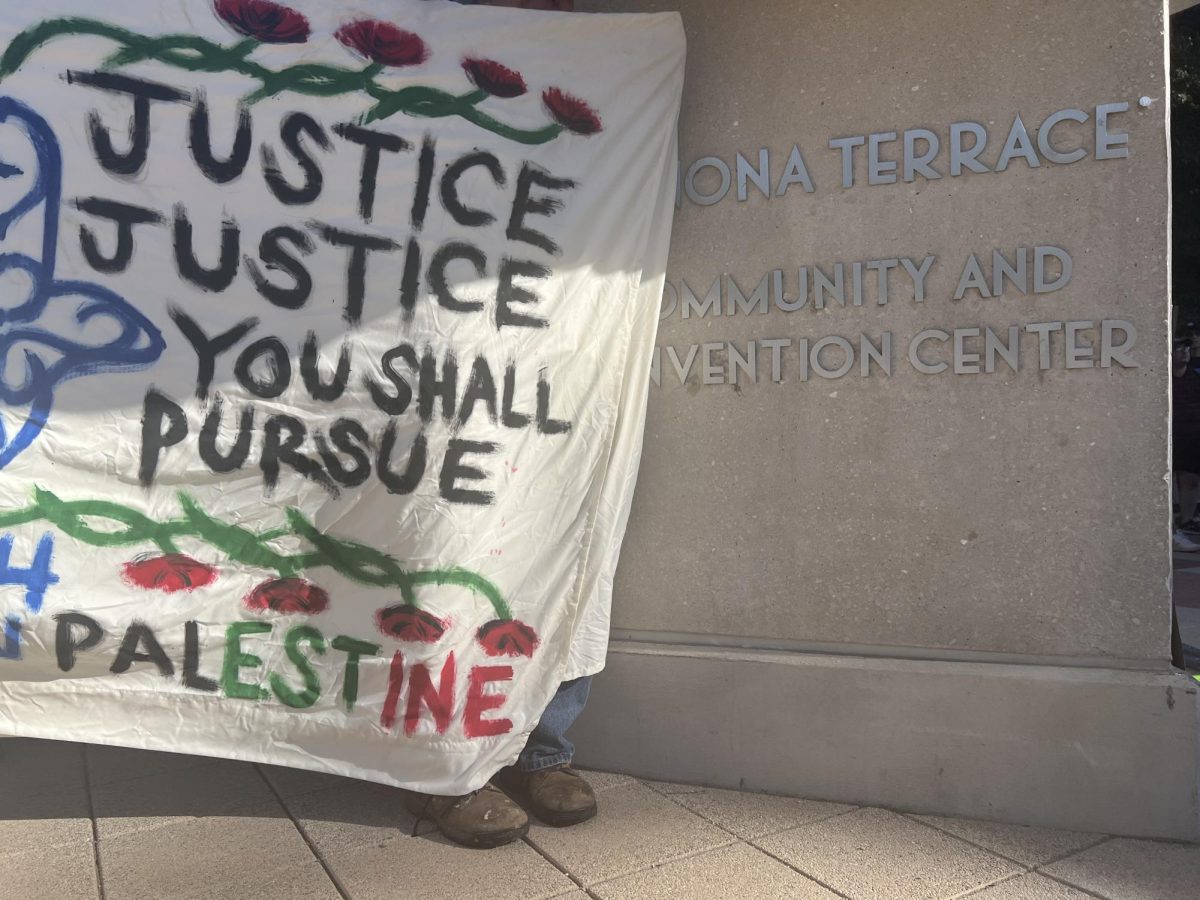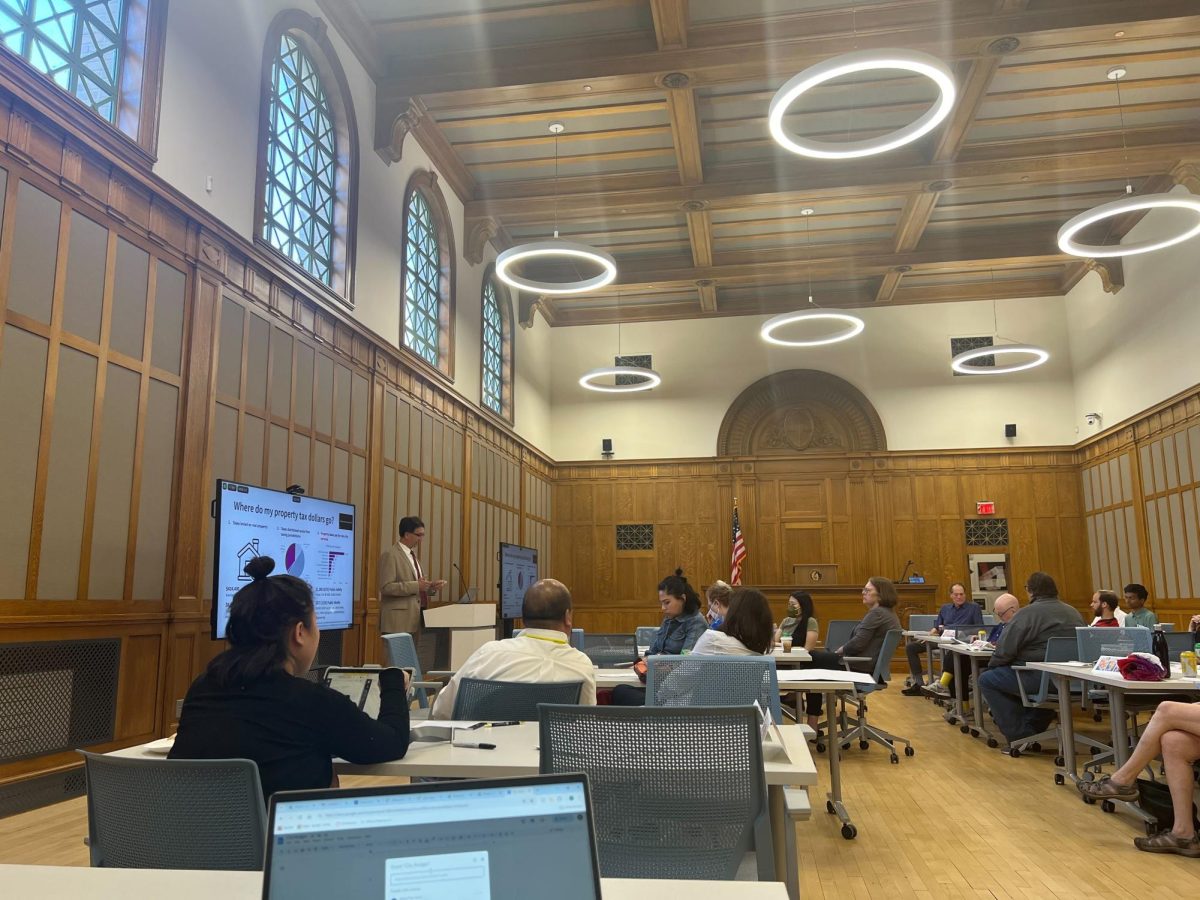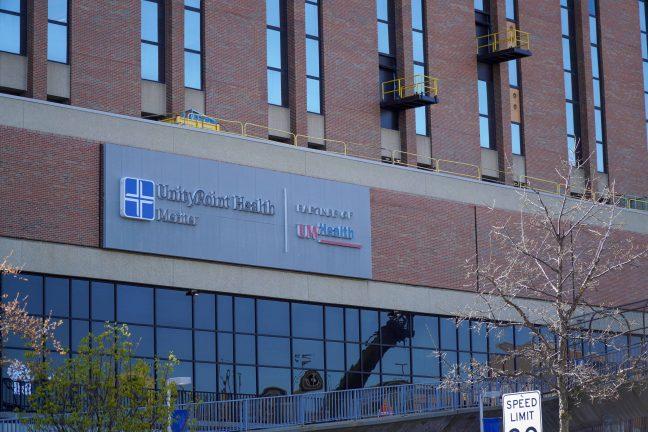As part of its Let’s Talk Street campaign, the City of Madison’s Department of Transportation is using two online surveys to solicit the public for what it values regarding street and public transit development.
The campaign comes at a time when the city’s urban planning must make tradeoffs between the interests of groups such as pedestrians, bikers, drivers and businesses, Transportation Policy and Planning Board member Chris McCahill said.
The city has faced several recent clashes over its urban planning, including tension with downtown businesses over its proposed Bus Rapid Transit program and protests following several deadly pedestrian crashes this year. Local leaders intend to use the values the public submit in the survey to help guide its future planning, McCahill said.
One major factor in Madison’s city planning is the significant population growth it has seen in the last 10 to 20 years, University of Wisconsin urban planning professor James LaGro said.
The city has been addressing its population growth in two ways. The first is peripheral development — which takes place on the outskirts of the city — and the second is the infill and redevelopment of areas that have low population density and aren’t economically beneficial, like malls and factories, LaGro said.
LaGro said peripheral development means people who live on the edges of the city and who work or go to school closer to downtown see cars as the only viable means of transportation, increasing the number of cars driving downtown during the day.
“Where development occurs has a huge impact on transportation demand,” LaGro said.
Madison police officer shot on State Street, expected to survive
Another goal of Let’s Talk Streets is to focus on the voices of UW students and people of color, City of Madison Pedestrian Bicycle Administrator Renee Callaway said.
Both groups experience city streets in unique ways — UW students tend to be pedestrians and users of public transit, while people of color are more likely to live in areas with high crash rates, Callaway said. People of color are also more likely to have been actively hurt by development in the past, Callaway said.
Resistance to the city’s proposed Bus Rapid Transit system, or BRT, on State Street is another factor the city must consider when planning, according to NoBRTOnStateStreet.com. Many State Street businesses and organizations support BRT but are opposed to the construction of the larger stations BRT would require on State Street.
Madison Modern Market Manager Emma Stepien said she was concerned about the reach of BRT.
“While I’m very excited for BRT as a bus rider and feel that Madison needs improvements with transit, I definitely have reservations about the current downtown routing and I’m concerned about what it will mean for the future of State Street,” Stepien said. “There will be fewer stops, fewer routes and I have an issue with that because it doesn’t feel very equitable to reduce bus service to communities who need it most in order to implement BRT.”
UW hosts Swipe Drive to raise funds for food-insecure students
Of the two surveys, one was for the general public and the other was for people with disabilities, Callaway said.
The goal of these surveys is to build off the feedback the City has already received regarding its urban planning, while also considering accessibility, Callaway said.
“With every project that we do we try to take a look at the accessibility and see what we can do to enhance it,” Callaway said.
Any changes to the street will inevitably come with tradeoffs, McCahill said. For example, longer crossing times for pedestrians will cause longer wait times for drivers, he explained.
“It’s always that you have to give up a little bit of convenience, or what feels like it — sometimes it’s less than 30 seconds of your life that you’re giving up on a drive — to improve safety,” Callaway said.
Two of the initiatives within the campaign are Complete Green Streets and Vision Zero, according to the Let’s Talk Streets website. Complete Green Streets is focused on sustainability and addressing climate change, while Vision Zero is aimed at reducing the amount of traffic deaths to zero by 2030, according to the website.
Line 3 to begin operation this weekend, violating treaties with Indigenous peoples
Vision Zero in particular has garnered focus recently following an increase in crashes and traffic-related deaths in Madison and wider Dane County, Callaway said.
“In many ways, I think it’s about shifting the way that we’ve thought about streets and public spaces for a long time, away from the main purpose is to move lots of cars as quickly as possible and to move more towards what are the things we can do to make sure that everyone on a street is safe and can get where they need to,” McCahill said.








